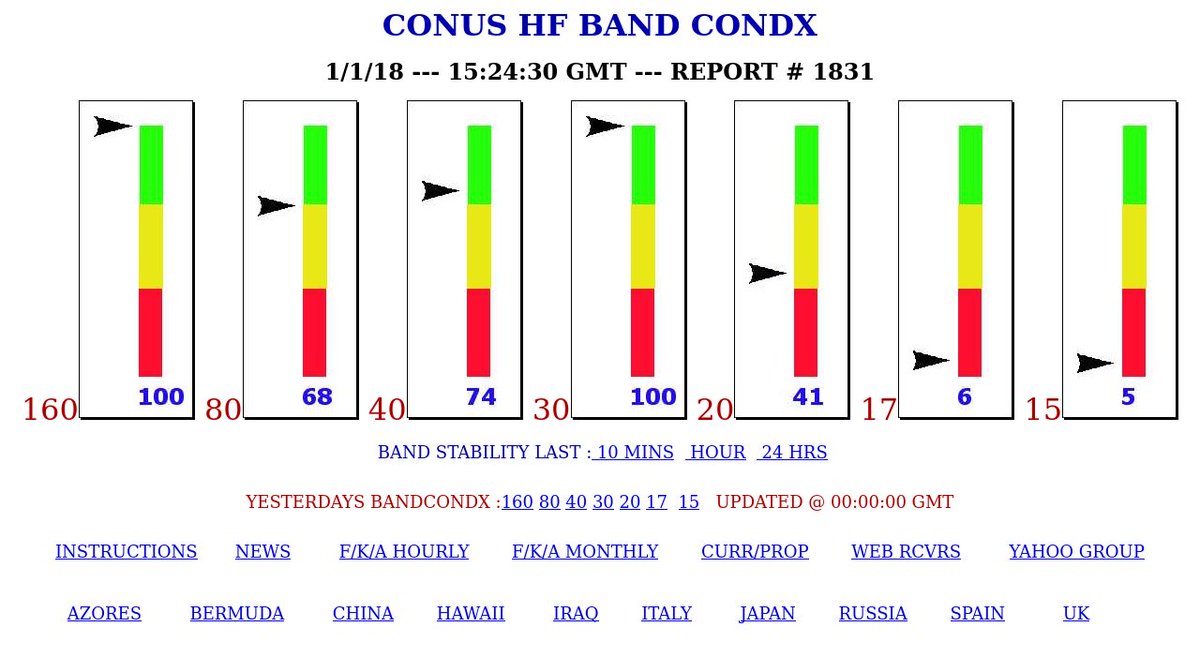First, setting the record straight, this is NOT ANTI-CHASER. It IS pro-safety.
In 2011, this note was sent by an emergency manager:
Since I'm not around ground zero this afternoon, I took some time to
watch some of the video samples available on the various video
streams.
I observed speed too fast for conditions (wet roads and hail),
following too close (can't you count one-one thousand, two
one-thousand after you pass a yellow line or pothole?), inattentive
driving (at least two left of center), one busted a red light, a
couple or three almost rear-ended the car in front.
Folks, if you are going to tell the world you are safely operating
your motor vehicle, the pictures need to match. If you are going to
put a picture of you in the car driving, it helps if you pay attention
to what you do instead of dinking on the PC, talking on the radio, dig
for something on the floor or in the back seat, etc. Don't you all
have partners?
Maybe it would be a better practice to NOT show video while you are
breaking the law. After all, these end up on TV and you don't get
paid.
I'm getting the idea that this is too hard for some but, please, TRY
to be SAFE out there. Tomorrow you are in Oklahoma. I will be too
busy to watch but I bet someone in a clearly marked car will be.
There was hope this year at ChaserCon where folks from the Kansas and Oklahoma Highway Patrol joined a panel to talk about vehicle safety in storms.
There were positive results; one could hope they continue.
Then a ham radio fellow posted a video of a chaser willingly driving into debris in his effort to be a "free lance photographer". The individual was not reporting anything to anyone who could actually warn the public.
The online discussion went downhill from there.
Awareness
Communication
Escape Routes
Safe Zones
All that's included in the online Skywarn class.
As one emergency manager once said more than once "Situational Awareness is a TERRIBLE thing to lose."
Willingly driving into an active debris field is dangerous and speaks to the loss of situational awareness. Being in the area of a tornado and filming it, certainly speaks volumes to the lack of community spirit, when the tornado goes unreported.
"We're all going to DIE" are the last recorded words of one veteran chaser crew. Friends, if it can happen to them, it's pretty apparent we are ALL not bullet-proof.
For nearly 60 years, the only known chaser deaths were driving-related. The first was Christopher Phillips, a University of Oklahoma undergraduate student, killed in a hydroplaning accident when swerving to miss a rabbit in 1984.[26] Three other incidents occurred when Jeff Wear was driving home from a hurricane chase in 2005,[27] when Fabian Guerra swerved to miss a deer while driving to a chase in 2009,[28] and when a wrong-way driver resulted in a head-on collision that killed Andy Gabrielson returning from a chase in 2012.[29] On 31 May 2013, an extreme event led to the first known chaser deaths inflicted directly by weather when the widest tornado ever recorded struck near El Reno, Oklahoma. Engineer Tim Samaras, his photographer son Paul, and meteorologist Carl Young were killed doing in situ probe and infrasonic field research by an exceptional combination of events in which an already large and rain-obscured tornado swelled within less than a minute to 2.6 miles (4.2 km) wide simultaneously as it changed direction and accelerated.[30][31] Several other chasers were also struck and some injured by this tornado and its parent supercell's rear flank downdraft.[32] Three chasers were killed, two in one vehicle and one in another, when their vehicles collided in West Texas in 2017, bringing the total number of known traffic related fatalities to 7.[33] There are other incidents in which chasers were injured by automobile accidents, lightning strikes, and tornado impacts.[citation needed] While chasing a tornado outbreak on 13 March 1990, KWTV television photographer Bill Merickel was shot and injured near Lindsay, Oklahoma.[34][35]
Friends from Germany come to the USA to study storms and share mutually beneficial techniques in Skywarn. These folks are very comfortable with autobahn speeds. The reports received from them indicate more of a concern for chasers than for the storm itself.
A former volunteer (still friend) turned tornado tour guide offers similar observations.
The current average lead-time for tornado warnings is 13 minutes.
How would you like to live in a community where the lead time went from seven minutes to ZERO because a chaser is spending time videoing, without reporting, the tornado seven minutes away from the community that got NO lead time? There's a video proving that.
To rephrase the goal from a retired emergency manager, "NO one dies on my shift". One of these days, he'll quit caring if you arrive alive or not. Until then, please memorize this photo:
 |
| Your Official Oklahoma Highway Patrol Tornado Chaser Chase Vehicle |
BE SAFE






